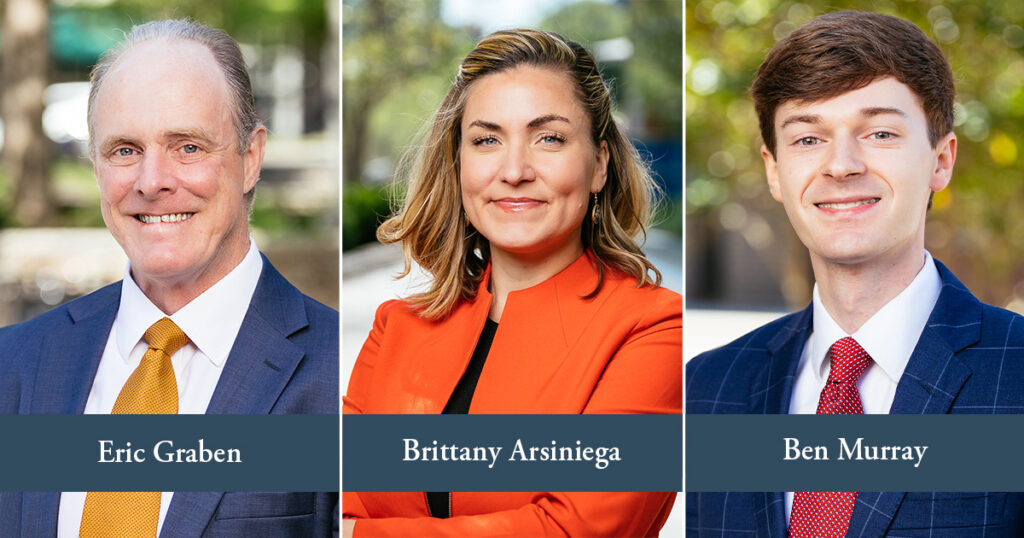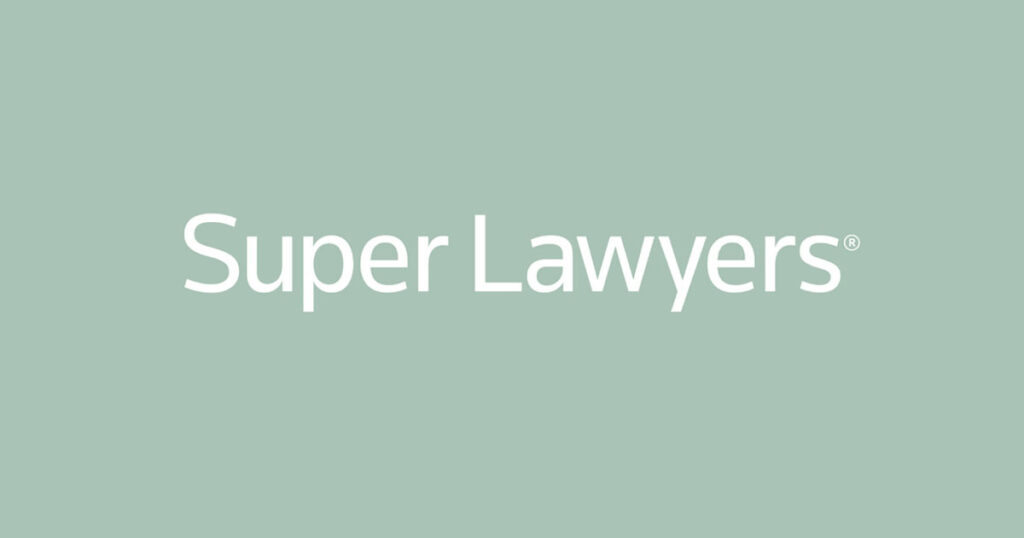The recent settlement of the long-pending House litigation marks a turning point in college athletics. The era of amateurism in top-tier college sports has effectively ended, paving the way for student-athletes to gain greater financial rewards for their athletic talent. House propels us farther into uncharted territory concerning how institutions can operate and how student-athletes can maximize their name, image, and likeness (“NIL”). Most notably, student-athletes will now be able to participate in the revenue streams of their schools.
After almost five years of litigation over alleged antitrust violations by the NCAA and major conferences, the House is ending with a settlement. On the evening of June 6, 2025, the class settlement of the seminal case affecting amateurism, In re College Athlete NIL Litigation (the “House case”) was granted official approval by Judge Claudia Wilken, of the Northern District of California. This settlement ushers in a new era in intercollegiate athletics, but additional issues and challenges will undoubtedly arise out of the terms of the settlement. Before addressing some of these issues and challenges, here are some of the key components of the House settlement.
- Backpay – Approximately $2.8 billion will be paid to former and current student-athletes as both backpay and future compensation. This covers student-athletes that competed in the NCAA from 2016-2024.
- Approximately $600 million of this amount will be distributed to student-athletes as part of “pay-for-play” claims.
- It is estimated that approximately 95% of this money will go to football and men’s and women’s basketball programs at schools in the Power 5 conferences (SEC, ACC, Big Ten, Big 12, and the former Pac 12).
- Approximately $1.976 billion dollars will cover NIL-related damages, including:
- Broadcast NIL – Compensation based on the use of student-athletes’ images in broadcast media.
- Video Game NIL – Compensation for football and men’s basketball student-athletes featured in video games.
- Lost NIL Opportunities –Compensation for student-athletes based on NIL deals they missed out on.
- Approximately $600 million of this amount will be distributed to student-athletes as part of “pay-for-play” claims.
- Revenue Sharing – For the first time, schools will be able to pay student-athletes directly via revenue sharing. The Power 5 schools must participate in this structure, while all other Division I schools have been given the option to opt in or opt out. Schools that choose to opt out will not be able to share any revenue with their student-athletes.
- Starting July 1, 2025, schools that opt in can directly distribute up to $20.5 million dollars per institution annually to student-athletes. This will essentially act as a salary cap. “Revenue” consists of things like ticket sales, media rights, NCAA and conference distributions, royalties, and licenses.
- It is estimated that at most of the Power 5 schools, approximately 95% of this money will go to football players and men’s and women’s basketball players, with the remaining 5% being distributed over other sports.
- Structural Reforms – All Division I Schools will see significant structural reforms, whether they opt in or not, although changes for Power 5 schools and those that opt in will be the most dramatic. These structural changes include the following:
- For the Power 5 schools and those that opt in, scholarship limits per sport will be replaced with roster limits.
- All student-athletes (regardless of whether their school opts in or not) must disclose to a clearinghouse any NIL deal that proposes to compensate them $600 or more. Deloitte will operate the clearinghouse, which will be called “NIL Go,” and will analyze the terms of each deal and decide based on certain criteria and confidential algorithms whether the deal meets a subjective standard of “fair market value.”
- Schools and affiliated entities (e.g. NIL collectives) can now act as marketing agents for student-athletes to help facilitate NIL opportunities.
As noted, the House settlement by no means marks the end of dispute and confusion over player compensation. Some issues that will almost certainly be at the forefront include ongoing antitrust scrutiny and the employment status of student-athletes, Title IX implications, the future role of NIL collectives, and the impacts on Olympic sports.
Ongoing Antitrust Scrutiny and Student-Athlete Employment Status:
One very significant remaining issue is the employment status of student-athletes. The House case did not directly address this issue, or whether college athletes could unionize or collectively bargain, like athletes in professional sports. Pending and future cases could ultimately lead to student-athletes being classified as employees under federal labor laws, perhaps opening the door to some form of collective bargaining.
Given the current direction of collegiate athletics, many commentators argue that moving to a form of collective bargaining for at least football and men’s and women’s basketball might be preferable to continued piecemeal litigation. A rational and stable structure might be more likely to emerge from bargaining, than from a series of judicial rulings.
Implementation of the NIL Go clearinghouse provides an example. While, in theory, the monitoring and oversight of all non-revenue-sharing agreements over $600 is a good idea, it may be impractical. There will be many who are prepared to test the boundaries of the rules, and the subjective determination of “fair market value” by NIL Go may well turn out to be unworkable. There is an argument that a collectively bargained solution could better reflect the spirit behind NIL Go.
Title IX Conflicts:
Title IX requires gender equity in college athletics, but Judge Wilken made it abundantly clear when she approved the settlement that she was not addressing or resolving any Title IX concerns. However, the current revenue sharing framework appears to be at odds with Title IX. Revenue disparities between men’s and women’s sports under the new revenue sharing model could certainly lead to Title IX-related litigation regarding gender equity in compensation. In fact, on June 11, 2025, eight female students appealed the House settlement to the 9th Circuit, alleging that the pooled damages as part of the backpay component disproportionately favor football and men’s basketball at the expense of all women’s sports, thus violating Title IX. Further, as stated above, most of the anticipated revenue sharing leans heavily towards football and men’s basketball. Title IX experts have expressed serious concern that financially favoring men’s sports does not align with Title IX’s gender-equity mandates. In response, many athletic departments are working through multi-faceted revenue sharing plans to manage Title IX risk and preserve competitive balance. But the combination of uncertainty, a lack of clear and consistent guidance from the Department of Education, and a settlement model focused on distributing overall revenue based on sport-by-sport revenue may well result in gender disparities that run afoul of Title IX.
The Future of NIL Collective Strategy:
A new legal dispute has emerged regarding the roles of NIL collectives in the post-House era. On July 10th, the College Sports Commission (“CSC”; a newly formed body created in the wake of House to oversee revenue sharing) issued a memo to Division I athletic directors that clarified the standards for approving NIL deals under the House settlement. The memo emphasized that for an NIL deal to be approved, particularly one involving traditional booster-funded collectives, the deal must serve a “valid business purpose.” This means the collective or entity paying the athlete must be using the athlete’s NIL to promote or sell a product or service to the public in a commercially legitimate way. Deals where money is simply funneled to athletes through fundraisers, merchandise sales, or public events without a clear profit motive are now not considered compliant. For example, events like charity golf tournaments or branded merchandise campaigns fail the “valid business purpose” test if their primary function is to transfer funds to student-athletes rather than generate genuine commercial returns. In contrast, deals involving established businesses, such as a golf course or apparel company using a student-athlete as a marketing spokesperson, may be approved if the financial arrangement can be linked to actual business activity. In line with its interpretation, the CSC noted that, since NIL Go launched on June 11th, it had already denied dozens of deals from booster-backed collectives for not meeting the “valid business purpose” requirement.
This strict interpretation has sparked strong backlash from the plaintiffs’ attorneys in the House case, who argue that the memo violates the terms of the settlement and improperly restricts student-athlete compensation. They have urged the CSC to withdraw the memo, while the CSC maintains that its guidance is fully consistent with the terms of the agreement. The NCAA and CSC claim the guidance is consistent with the settlement and aims to prevent improper pay-for-play schemes. As tensions rise, this disagreement could return to federal court and may significantly shape how NIL rights are handled moving forward. Even prior to the CSC’s July 10th memo, NIL collectives, while not going away, were quickly evolving in the post-House era. Those that have been associated with Power 5 schools and schools that have chosen to opt into the terms of the House settlement have been shifting their focus toward branding, donor engagement, and providing supplemental NIL services, such as facilitating and generating traditional third-party NIL opportunities; in other words, they are acting more like marketing agencies. Some Power 5 schools and other schools that have opted in have chosen to bring their NIL collectives in-house, essentially making the collective the official NIL partner of the school and a contributor to additional revenue generation and sharing. Other schools are keeping collectives external, where they will provide supplemental compensation above the $20.5 million “cap.” However, the CSC’s July 10th memo could have drastic implications for collectives moving forward. In particular, schools that anticipated continuing “business as usual” with their collectives may have to rethink that strategy. The valid business purpose test may make it impossible for collectives to gather funds the way they did before House. Schools that anticipated using the old collective model to provide supplemental compensation to student-athletes above the $20.5 million “cap,” or to fund underfunded sports and other “non-revenue generating” Olympic sports may need another plan.
* * *
In conclusion, the House settlement simultaneously unlocks transformative opportunities for student-athletes while also creating unprecedented complexity in intercollegiate athletics. Direct revenue sharing promises long-overdue compensation for student-athletes and clearer guardrails for schools, but it also highlights unresolved issues like antitrust concerns, Title IX, and student-athlete employment status. The settlement of House forces the entire academic institution to rethink core values and messaging. Schools must bring fresh insights to issues as diverse as why they sponsor Division I athletics, roster sizes per sport, and donor messaging.
This new era will require schools to be creative and strategic. They will need to develop additional revenue streams and nimble financial models. They must develop fair and transparent partnerships with student-athletes, donors, fans, and alumni. And they must balance competitive ambitions with fairness and legal risk. While the curtain has closed on amateurism, the next act is just beginning.



